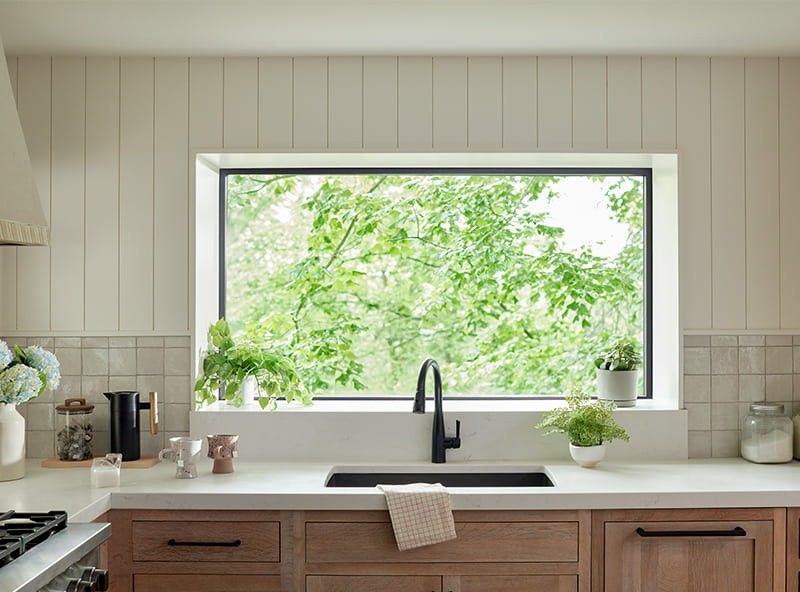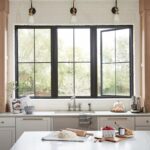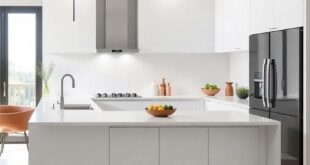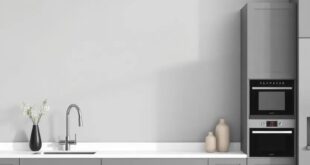The kitchen window is often a centerpiece of the kitchen, offering both practicality and aesthetic appeal. It provides natural light, ventilation, and a connection to the outside world, making it an essential element of any kitchen design.
From a practical standpoint, the kitchen window allows natural light to flood into the space, making it a brighter and more inviting place to cook and spend time in. This natural light can help to reduce the need for artificial lighting during the day, saving energy and creating a more sustainable kitchen environment.
The kitchen window also provides ventilation, allowing fresh air to flow into the space and helping to remove cooking odors and excess moisture. This can be especially important in a kitchen where cooking can generate a lot of heat and steam.
In addition to its practical functions, the kitchen window also serves as a design element in the kitchen. It can be a focal point, framing a beautiful view of the backyard or surrounding landscape. Choosing the right window style, size, and placement can enhance the overall look and feel of the kitchen, adding character and charm to the space.
There are many different types of kitchen windows to choose from, including casement, awning, sliding, and bay windows. Each type has its own unique benefits and considerations, depending on factors such as space constraints, ventilation needs, and design preferences.
When selecting a kitchen window, it’s important to consider both form and function. Think about how the window will impact the natural light, ventilation, and overall aesthetic of the kitchen. Also, consider the view from the window and how it will enhance your cooking experience.
In conclusion, the kitchen window is a versatile element of kitchen design that offers both practical benefits and aesthetic appeal. By choosing the right window style, size, and placement, you can create a beautiful and functional kitchen space that is a joy to cook and spend time in.
 Decorationg Interior Design
Decorationg Interior Design

























